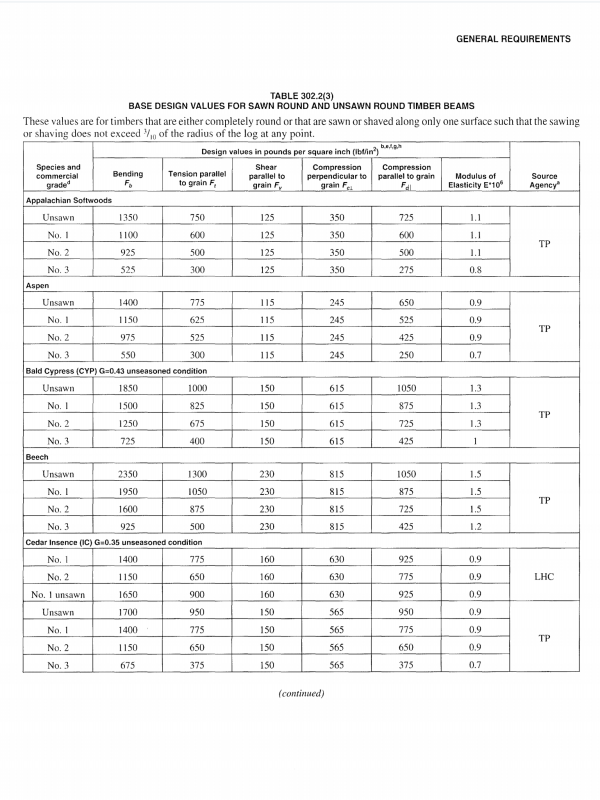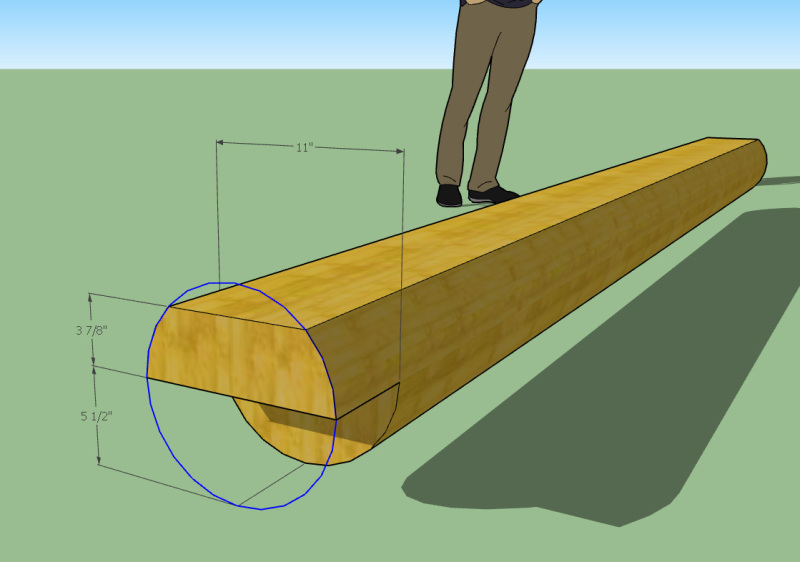I've never had to run the numbers on a round log beam before. Looking through all of my software that I use for beam calcs I don't think any of them has the ability to check a DF 11" Dia. Log. Any suggestions?
A confused student is a good student.
Nathaniel P. Wilkerson, PE
A confused student is a good student.
Nathaniel P. Wilkerson, PE


![[wink] [wink] [wink]](/data/assets/smilies/wink.gif)
